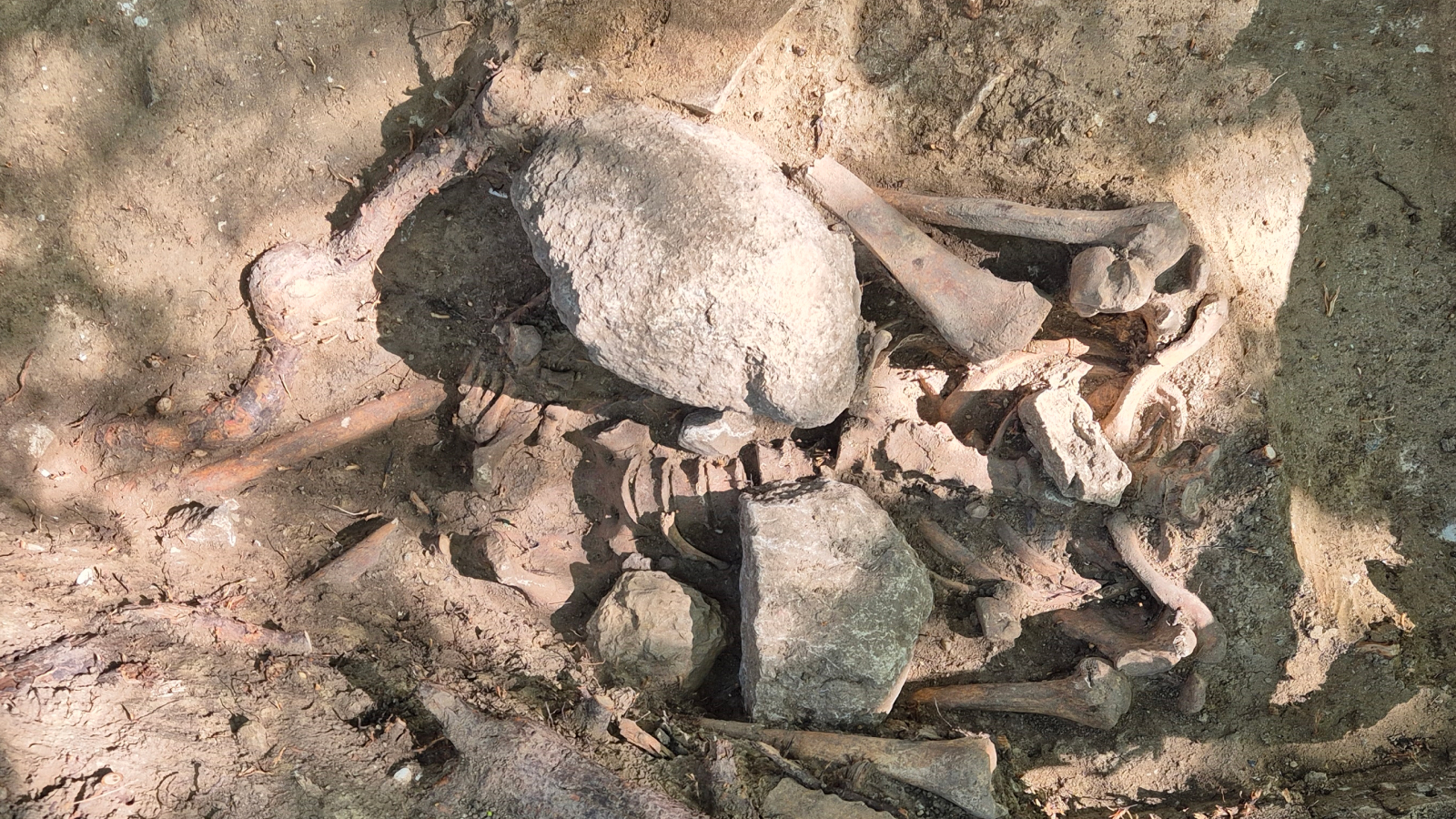Sustainability, Vol. 15, Pages 13225: Source Analysis Based on the Positive Matrix Factorization Models and Risk Assessment of Heavy Metals in Agricultural Soil
Sustainability doi: 10.3390/su151713225
Authors: Dejun Yang Yong Yang Yipei Hua
Soil heavy metal pollution is a severe and growing problem, and it is crucial to assess the level of soil heavy metal contamination and determine the origins of pollutants. However, there is limited research on soil heavy metal source apportionment and its carcinogenic and non-carcinogenic hazards. Positive Matrix Factorization (PMF) is a powerful technique for source apportionment of pollutants in environmental matrices such as atmospheric particulate matter and soil, as it can handle missing and imprecise data to ensure data reliability, among other benefits. In order to explore the distribution characteristics and main sources of heavy metals in agricultural land, the contents of Cd, Cr, Cu, Pb, and Ni were collected and determined. The positive matrix factorization (PMF) model was used to analyze the source of heavy metals in the soil in the study area, and the human health risk evaluation was carried out. The results showed that (1) the coefficient of variation of Cd in the four areas was much higher than that of the other four heavy metals, which showed strong variability; (2) the content and distribution of heavy metals in different regions were different under the influence of different environments; (3) the PMF model analysis showed that the heavy metal pollution sources in the four areas were divided into two types: the soil parent material, which had industrial pollution, traffic pollution, and agricultural pollution; and the contribution rate of each pollution source; (4) the non-carcinogenic risks of heavy metals in children at all points in the study area were greater than those of adults, and the carcinogenic risks were the opposite of the carcinogenic risk in the study area. And the most serious carcinogenic risk in the study area was the harm caused by oral ingestion of heavy metal Cr into the adults’ bodies.

 1 year ago
27
1 year ago
27


